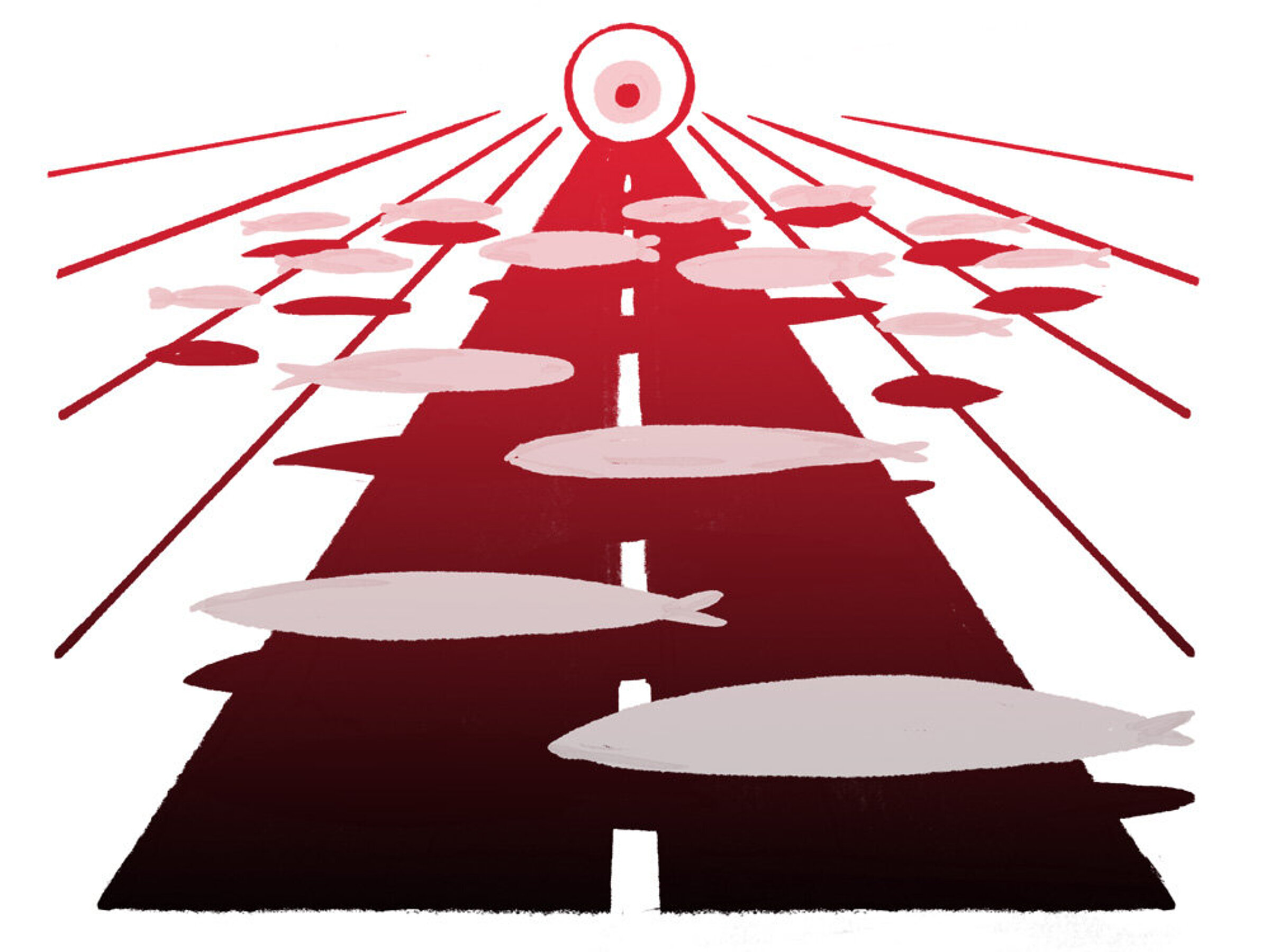Looking into the brain with an optical microscope is like driving through dense fog on a country road. It is possible to see the first tree clearly, but the second one is blurred and everything beyond it fades into obscurity. Human tissue is similarly opaque. Conventional microscopes only enable us to look a couple of hundred micrometers into the brain – equaling only a few hairbreadths – before the photons of the light beam scatter too much. This method only allows us to see a small fraction of the cerebral cortex.
You can try to intensify the light – sort of like switching on main beam when driving a car – but placing a strong light in front of you means you just end up blinding yourself. Under the microscope, this additional light would also cause the tissue to heat up too much. The answer actually lies in trying to clear the fog itself.
Many fundamental principles of information processing in the brain are still not completely understood. For decades, scientists have discovered a great deal about individual nerve cells, ion channels, and their atomic structure. We are now able to use magnetic resonance imaging to observe which functions occur in specific regions of the brain. But neither approach allows detailed theories to be defined about the way individual neurons communicate with each other. This knowledge gap can only be closed if we observe neural networks and individual neurons as they process information.
We have developed two strategies in our lab to help clear the fog at the network level. The first strategy involves developing microscopes that take advantage of light scattering. Light scattering is a deterministic process that is reversible. If we send a beam of light through a tissue several times, the photons will always be positioned in the same way on the other side. Rotating the beam by 180 degrees and sending it back through the same tissue will create the original beam again from the front but in reverse. We use this principle to correct scattering and to focus the light at a desired point in the tissue. This allows us to look much deeper into the brain than was previously possible.
The second strategy involves exploring a new model organism: Danionella translucida. This fish species is almost completely transparent and so small that we can observe half of its brain under the microscope without having to carry out any special tricks. We came across Danionella by chance, but we immediately realized the enormous treasures it holds for the life sciences. We are now developing microscopic methods to study the neural networks throughout the brains of these fish at a cellular resolution.
We published our findings on Danionella translucida in 2018 and more than a dozen labs worldwide have been using these new capabilities since then. I hope that our methods will help many researchers to enhance our basic knowledge about the brain and use it to develop therapies for neurological diseases.


